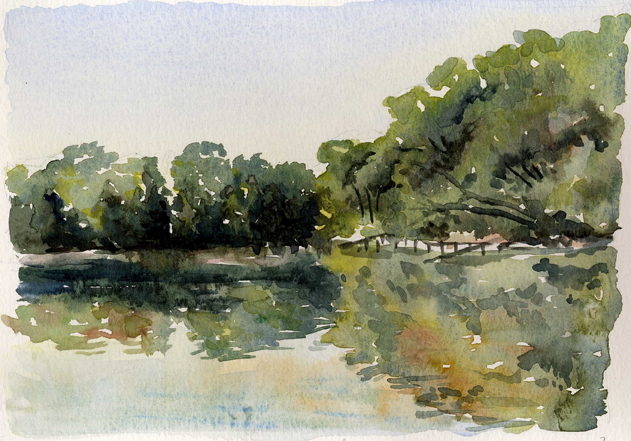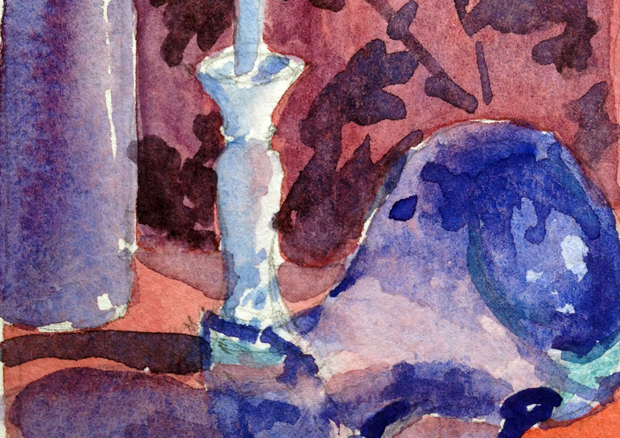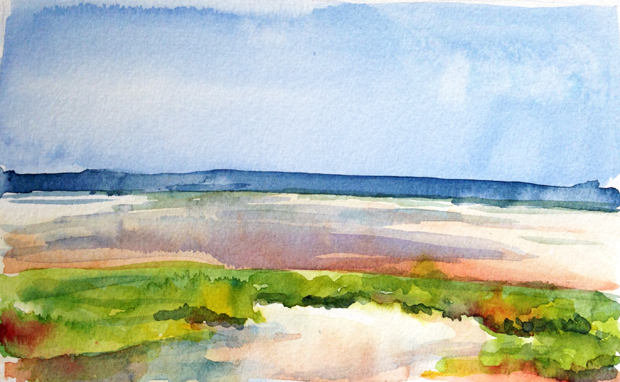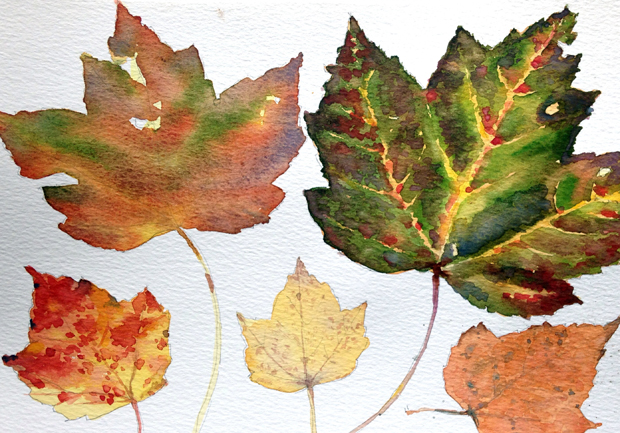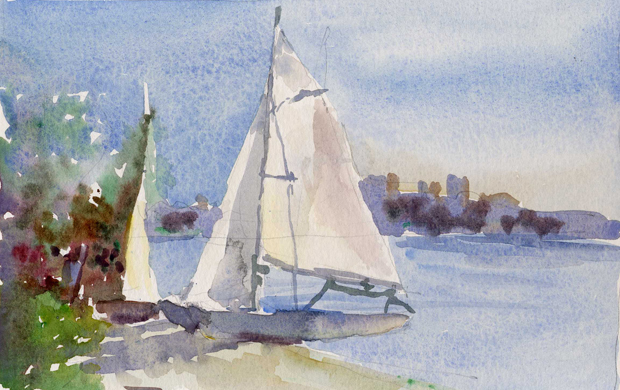Years ago, I read a little book of philosophy called Too Soon Old, Too Late Smart, by Gordon Livingston. It’s organized into thirty pithy and helpful truths. Number fifteen is this: “Only bad things happen quickly.” I have a little game I play with myself whenever I think of this maxim (which is pretty frequently, even over ten years later). I theorize good things that could happen suddenly, as if even one would somehow undermine the truth of it.
The fact is that many bad things do happen suddenly and catastrophically. Earthquakes, for instance. Living in Maryland, that’s not something we have to worry about. Although we actually had one a few years ago, it was small and brief. What would it be like to have this complacency suddenly shaken by new science, as happened with the recent New Yorker article about the Cascadia Subduction Zone? This unstable tectonic plate off the coast of Oregon and Washington is apparently overdue for a major disruption. Both states boast cities and towns burgeoning with hipsters and tech companies, excellent coffee and vital industry, great music, agriculture, wine, and an embarrassment of natural wonders. An entire civilization has sprung up in the quiet interval since the last earthquake-and-tsunami in January of 1700. Continue reading


